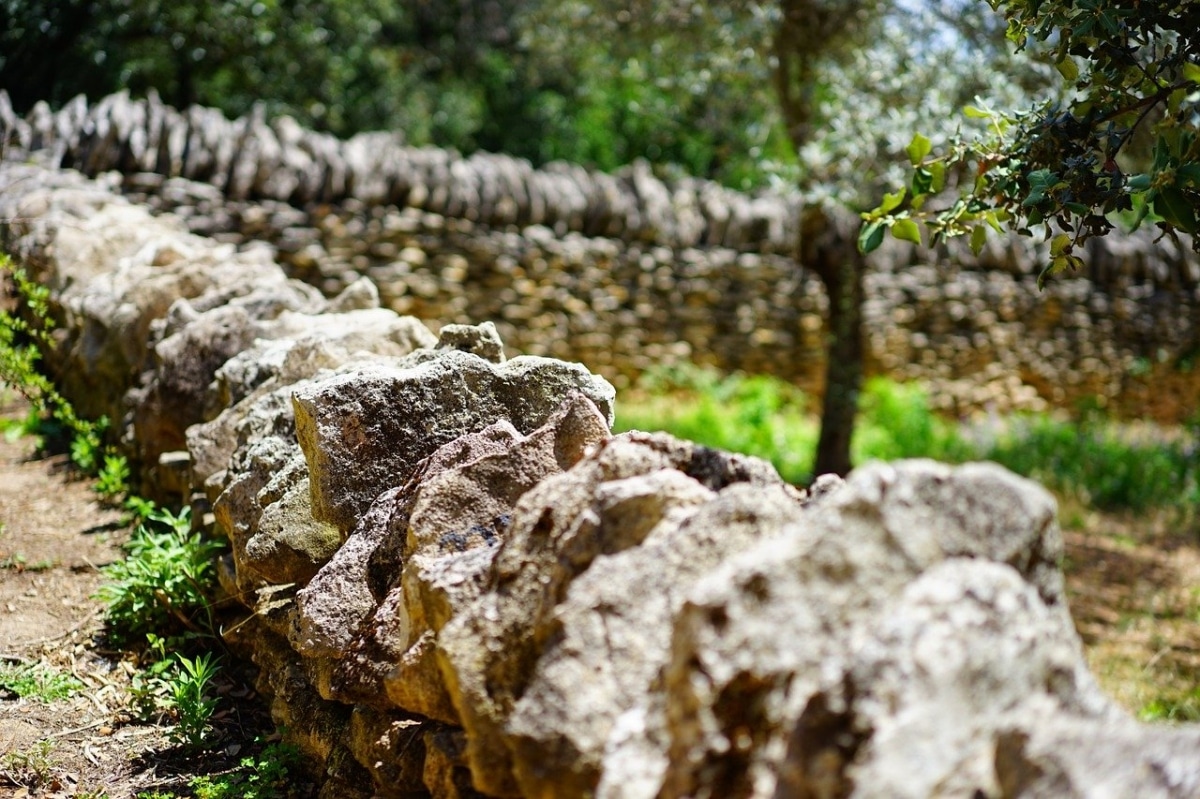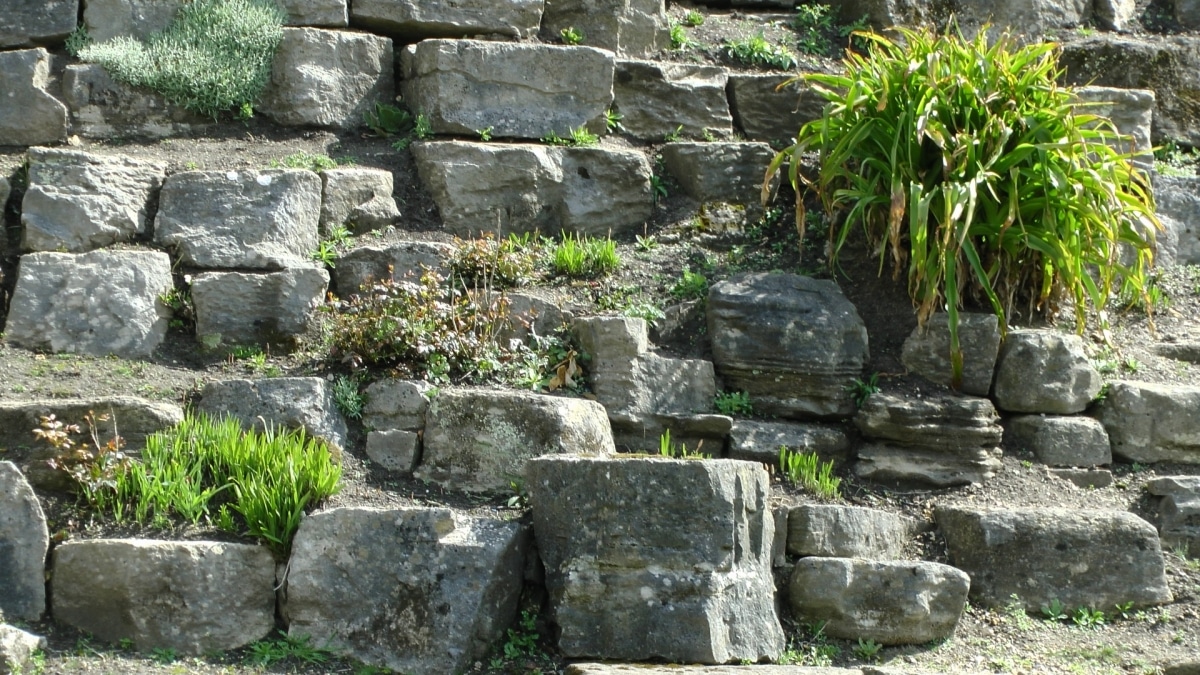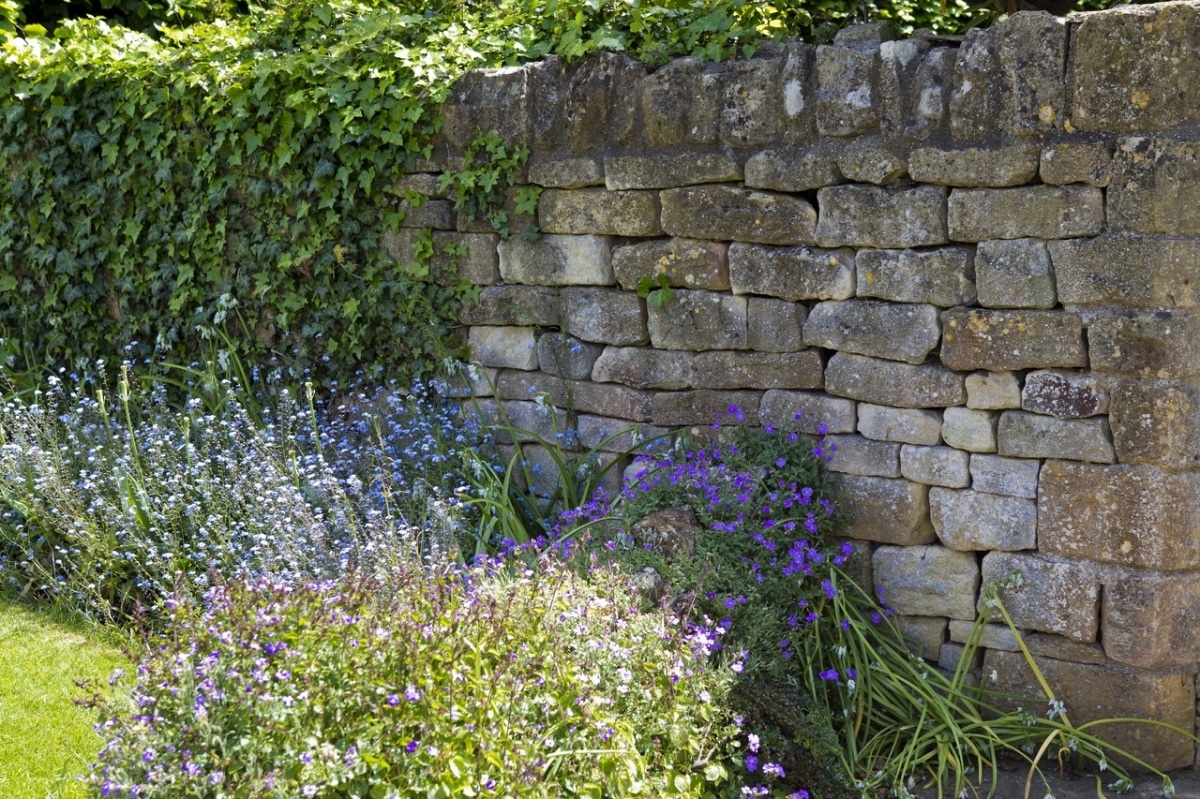
Dry stone walls have been made for a long time. For instance, in the Mediterranean we find remains of human settlements dating from 1000 BC. C., in which the talaiots stand out, which are rectangular stone monuments that had funerary purposes, flanked by low walls. Later they would be built to protect towns and cities, but today they are also a fantastic decorative element.
Although they take work, to build a dry stone wall we need practically nothing, more than a few things that we are going to tell you below. What's more, they look great in any garden with a rustic style, since they can take us back to the past, and can even bring us closer to nature. Not surprisingly, the landscape is not altered too much, and in fact small animals, such as lizards, are allowed to take refuge among the hollows of the stones.
How are they built?
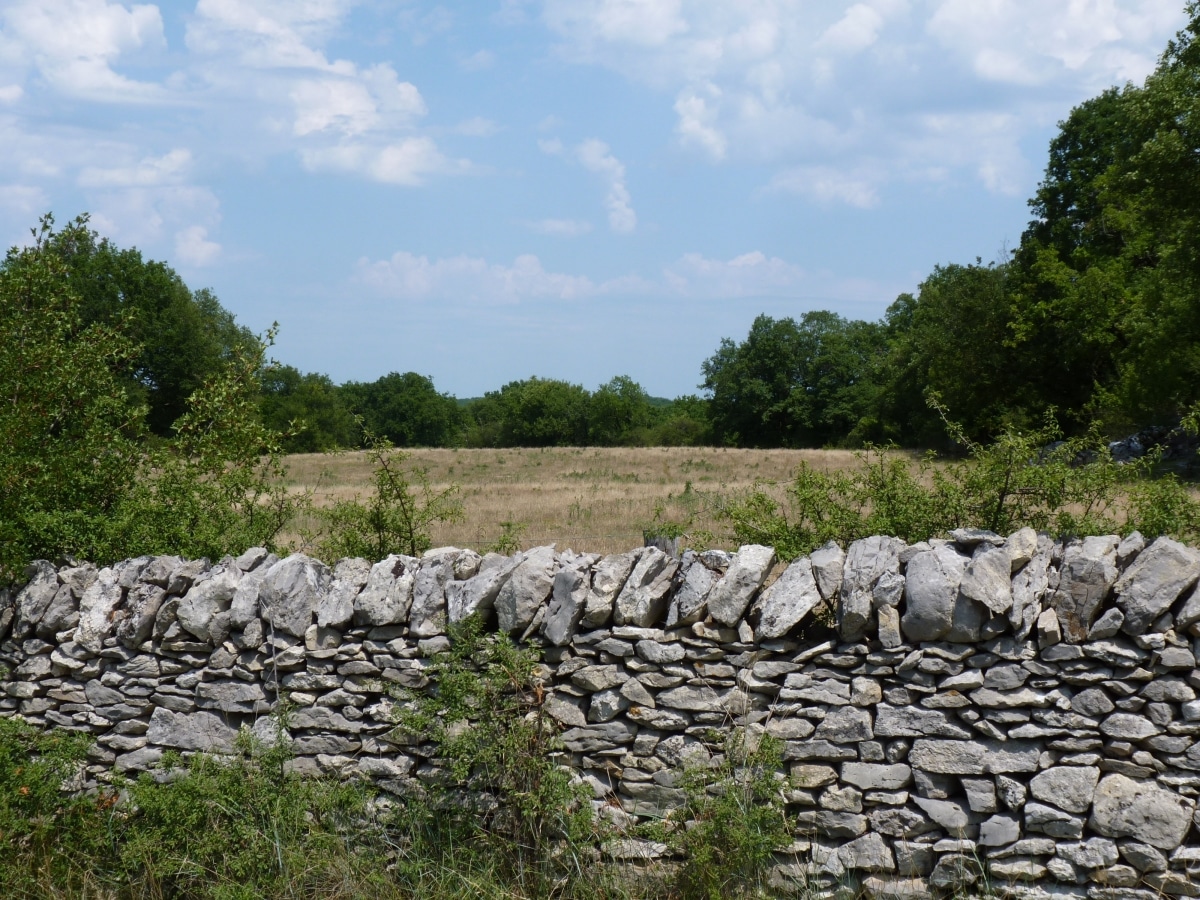
Building a dry wall will take time and effort, but the end result will certainly be worth it. You have to know that they are usually built against a hillside as they serve to prevent landslides; although you can actually build them almost anywhere. Now, if it is the first one you are going to do, I recommend that you first level the terrain so that there are no slopes.
Materials
The only thing you will need is water and stones of different sizes. It is important that they are rectangular stones, and / or that they at least have a more or less flat base; in this way, their placement will be easier.
Steps to follow
- The first step is to prepare the ground. You have to remove the stones that there are (see if any works for you, to keep them in a separate place), and remove the herbs. It is also advisable to level the ground in case it has slopes; If necessary, feel free to add dirt to make it look level.
- Then, you start by putting the largest and thickest stones on the ground. These will be the ones that support the weight of the wall.
- Once we have the base, we will pile the medium stones and then the small ones. Likewise, we must fill in the gaps that are left with stones, in this way we will make it more stable.
A trick to make it stay firm even when it rains a lot is to pour water with a watering can as the stones are placed.. This is especially interesting when the wall is made in an area where there is only dirt. The pressure of the water on the stones will reduce the space between them.
Why decorate with dry walls?
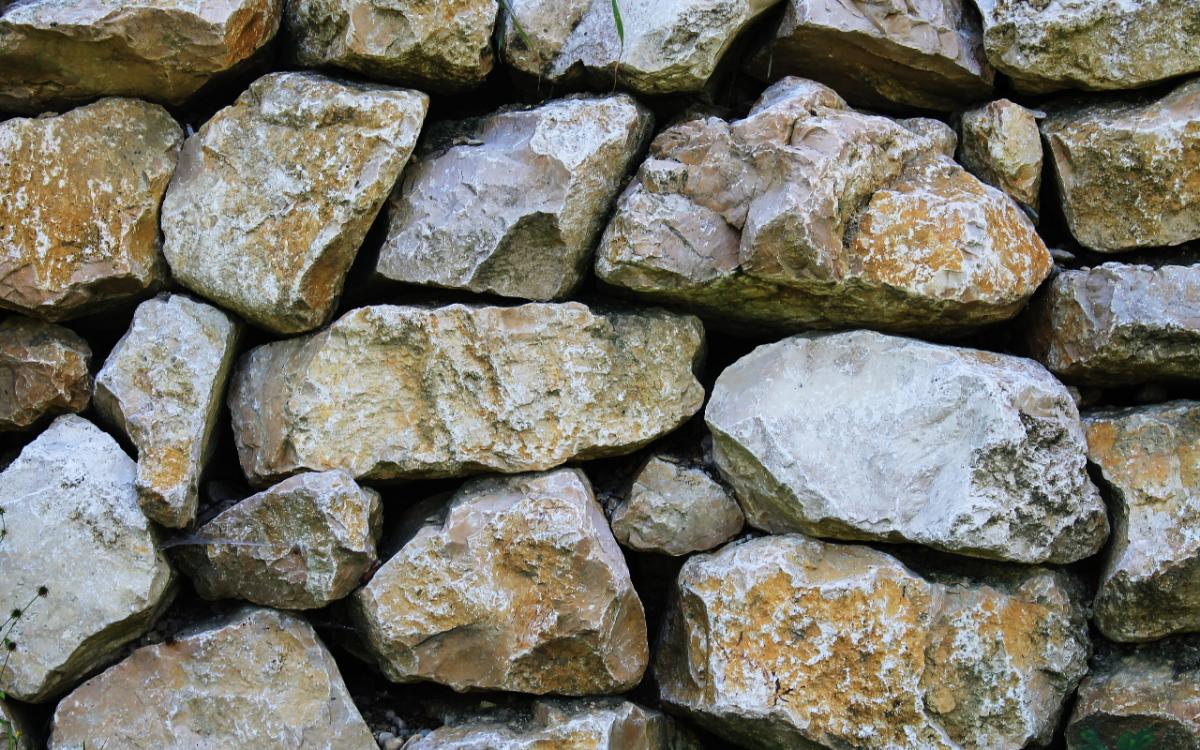
I love dry stone walls. Where I live, on the Balearic island of Mallorca (in Spain), they are very, very common. In rural areas, the lots are delimited with this type of walls. They are also seen a lot in gardens. Here the sun in summer is very strong, and stone is the only material capable of resisting it for years and years.
They are very interesting to delimit areas, paths or paths, as well as the different areas of a garden, since the height of the wall can be whatever you consider. But yes, if you are going to build it to delimit the site, we advise that it does not measure more than 1 meter high. Once you have it done, allow a few days for it to finish settling, and then put a grid over it to increase security, or tall plants.
Also, you have to know that They have the advantage that they do not absorb as much heat as iron or metal, with which you can lean on a wall or dry wall without fear. And of course, if it does not absorb much of it, it cannot reflect it, which is why it is advisable to put it on rockeries, for example, since the plants will not have as much heat stress as if they had an iron or metal wall behind them.
Plants for dry stone walls
And speaking of plants: between the remaining holes you can put some with a little soil. Yes indeed, they must be able to grow well on stones, and be relatively small, otherwise there will come a time when you will have to remove them to have a chance to continue growing.
Carnation of the air (tillandsia aeranthos)
- Image - Wikimedia / scott.zona
El air carnation it is the perfect plant to place on dry stone walls. It hardly needs soil, since its small roots cling where they can. It reaches a height of 7-10 centimeters maximum. Yes indeed, need light and protection against frost.
No products found. a fantastic pack of 6 plants.
echeveria
It is a non-cactaceous (or crass) succulent that grows forming rosettes of fleshy leaves of different colors (green, pink, purple). Needs a sunny exposure, or at least in which there is a lot of clarity. It resists weak frosts, down to -2ºC.
Ivy (Hedera helix)
La ivy is an evergreen climber with green leaves that grows at a very good rate as long as it is in shade. Resists up to -20ºC.
Purpurin (tradescantia pallida)
La glitter or love of man It is a purple plant with a creeping or hanging habit that usually reaches about 30 centimeters, although it can be more. Needs a lot of light, but otherwise it resists frosts down to -2ºC.
Sanseviera
- Image - Wikimedia / Mokkie
- Image - Flickr / Peter A. Mansfeld
It is a succulent plant with fleshy leaves that can be green, blue-green or variegated. For the wall, we recommend the small varieties, such as Sansevieria trifasciata 'Hahnii' or the Sansevieria pinguicula subsp nana, which do not exceed 40 centimeters. Keep them in the shade and protect them if the temperatures drop below 0 degrees.
Sempervivum
The Sempervivum they are succulents that they grow very well on stone walls if they are a little sheltered from direct sun. They are small plants, about 5 centimeters high, that are taking out suckers throughout the spring and summer. They resist up to -18ºC.
Buy here a pack of 4 different at an incredible price.
Decorating ideas with dry stone walls
To finish, here are a few ideas to decorate with this type of wall:













